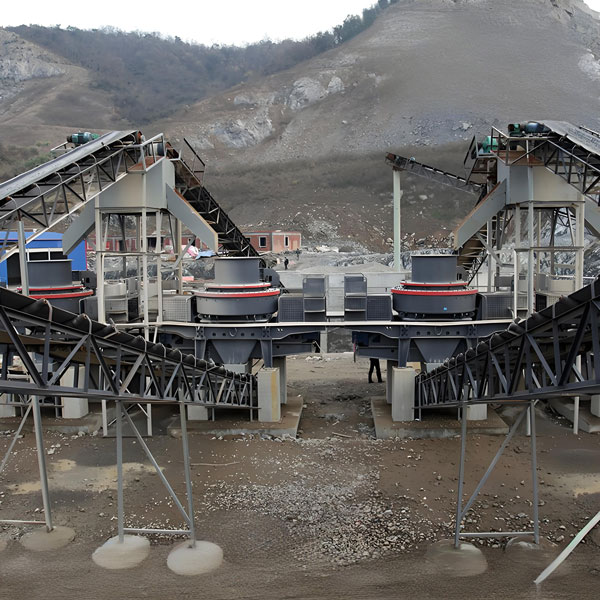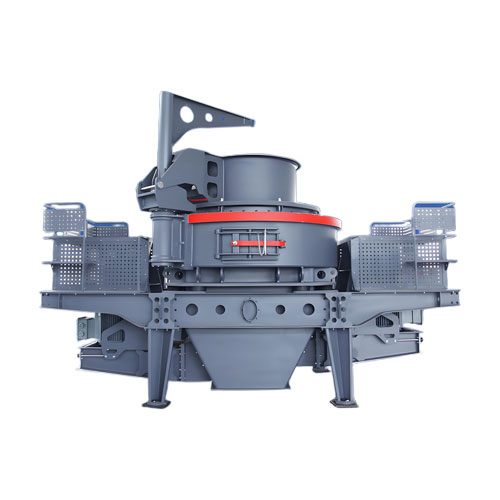Reasons for the fluctuations in petroleum coke prices
The price of petroleum coke is affected by multiple factors: changes in demand for electrolytic aluminum directly impact the market, fluctuations in crude oil prices transmit supply pressure, environmental protection policies push up production costs, and international trade and seasonal factors exacerbate price fluctuations.
As a by-product of crude oil processing, petroleum coke’s price fluctuations are not isolated phenomena, but are the result of multiple factors. The following are the main influencing factors:

1. Changes in downstream industry demand: Deeply tied to electrolytic aluminum and graphite electrodes
Petroleum coke’s primary uses include prebaked anode production and graphite electrode manufacturing in the electrolytic aluminum industry. As an energy-intensive industry, the increase or decrease in electrolytic aluminum production capacity directly impacts petroleum coke demand. For example, the surge in electric furnace steel production from 2017 to 2018 led to a surge in demand for graphite electrodes, causing petroleum coke prices to surge from 1,200 yuan/ton to over 7,000 yuan/ton. Furthermore, growing demand for graphite electrodes in the battery energy storage industry has also driven up petroleum coke prices. When the electrolytic aluminum industry reduces production due to environmental regulations or overcapacity (such as the production cuts some electrolytic aluminum companies will face in 2024 due to carbon emission restrictions), petroleum coke demand declines, leading to lower prices.
2. Energy markets are linked to crude oil prices
Petroleum coke production relies on crude oil processing, and its cost is closely tied to crude oil prices. When crude oil prices are high, refineries tend to increase light crude oil production through delayed coking, which increases petroleum coke supply and potentially puts pressure on prices. Conversely, when crude oil prices are low, petroleum coke, as a byproduct, may supplement refinery profits, potentially supporting prices. For example, in 2024, the proportion of Russian crude oil imports increased. The heavy nature of Russian crude oil led to increased petroleum coke production at independent refineries, which in turn impacted domestic prices to some extent.

3. Environmental protection policies and production costs
With tightening environmental regulations, the cost of environmental upgrades for petroleum coke producers has risen, driving up prices. For example, low-sulfur petroleum coke (sulfur content <0.5%) has seen a surge in demand due to its compliance with environmental standards, resulting in a significantly higher price than high-sulfur coke. Furthermore, policy restrictions on high-carbon-emission industries like electrolytic aluminum, leading to production cuts or technological upgrades (such as the use of more environmentally friendly anode materials), have indirectly impacted petroleum coke demand and prices.
4. International trade and supply and demand dynamics
Changes in global graphite electrode demand, trade frictions, and exchange rate fluctuations all impact petroleum coke prices. For example, the surge in graphite electrode exports in 2018 supported domestic petroleum coke prices. However, if international demand weakens in 2025, this could translate into a downward trend in domestic prices. Furthermore, tariff adjustments or supply stability for imported petroleum coke (such as high-sulfur coke) could also impact domestic market prices.
5. Seasonality and inventory cycles
Seasonal demand fluctuations in the downstream battery industry and silicon metal production also affect petroleum coke prices. For example, quarter-end inventory replenishment by cathode material companies can push up prices in the short term, while dry seasons (such as those caused by electrolytic aluminum production restrictions in southwest China) can lead to lower demand and weaker prices.
Related Products
Inquiry
Please leave us your requirements, we will contact you soon.





